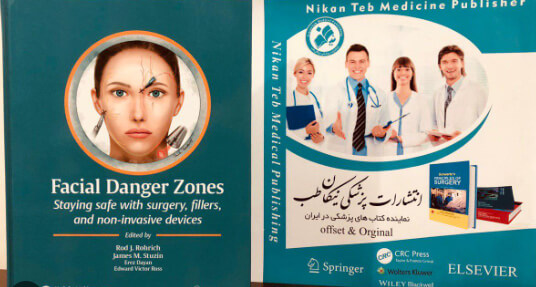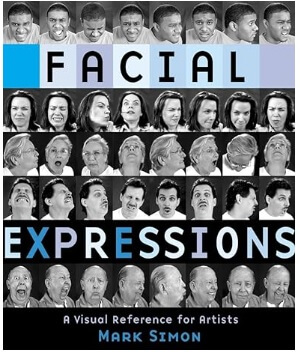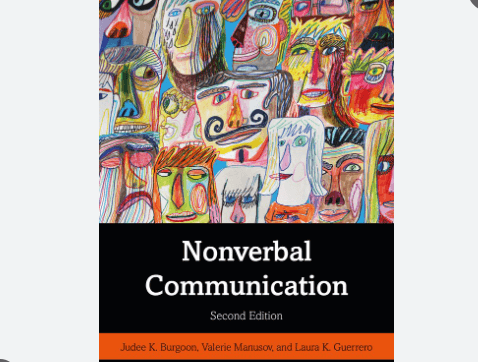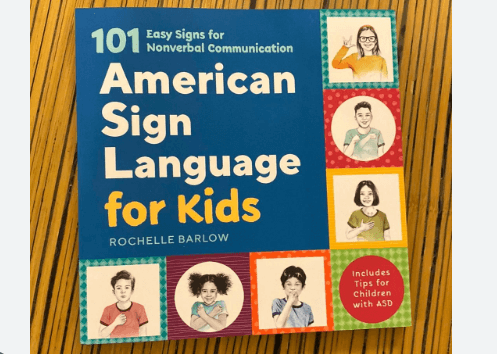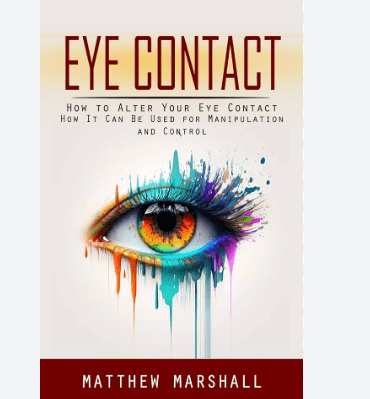Facial Expression

- Article's photo | Credit Freepik
- Facial expressions are a powerful tool used by everyone, from artists and actors to business leaders and diplomats. They can influence conversations, build relationships, and even shape how others perceive us. Intrigued? Let's dive deeper into the fascinating world of facial expressions! In this blog post, we'll dive deep into the fascinating world of facial expression.
Unveiling the Language of Faces: A Deep Dive into Facial Expressions
Facial expression refers to specific movements or conditions of the facial muscles that facilitate nonverbal communication, conveying thoughts, emotions, or behaviors without the need for verbal articulation.
From the subtle arch of an eyebrow to the full-fledged grin of a joyous smile, facial expressions can be as diverse as the human experience itself. They can be fleeting moments of surprise or sustained displays of deep emotion. Think of a child's beaming smile upon receiving a long-awaited toy, the furrowed brow of a mathematician grappling with a complex equation, or the knowing smirk of a poker player bluffing their opponent. Each expression tells a story, a silent dialogue that transcends spoken words.
Forms of Facial Expressions
Psychologists have identified six basic emotions universally recognized across cultures: happiness, sadness, anger, surprise, fear, and disgust.
Happiness: It's the universally recognized "sunshine on your face" expression. Think raised lips in a genuine smile, relaxed eyes crinkling at the corners, and brows subtly lifted. This expression radiates warmth and positivity, putting everyone at ease.
Sadness: Drooping eyelids, downturned mouth corners like an inverted U, and slightly furrowed brows paint a picture of melancholy. Lowered head and gaze contribute to the overall feeling of dejection.
Anger: This fiery emotion manifests in tensed brows drawn together, narrowed eyes, and a pressed-together mouth. The face might flush, and nostrils may flare, hinting at simmering frustration.
- Surprise: Raised eyebrows, wide eyes like saucers, and a slightly open mouth capture the essence of unexpectedness. This expression is fleeting, quickly giving way to the processing of the situation.
- Disgust: Wrinkled nose, upper lip raised in a snarl, and brows pulled together in a grimace communicate disapproval or aversion. This expression is a natural response to something unpleasant or unsavory.
- Fear: Wide, darting eyes, dilated pupils, and open mouth with slightly parted lips signal a sense of apprehension or threat. The fight-or-flight response manifests in frozen posture and increased breathing.






Each emotion manifests in a unique combination of muscle movements. For example, happiness is often characterized by raised eyebrows, upwardly curved lips, and crinkling around the eyes. Conversely, sadness brings down the corners of the mouth, droops the eyelids, and furrows the brow. Although cultural nuances may influence how we interpret them, some basic facial expressions, like those expressing happiness, sadness, anger, and fear, are understood across cultures.
Facial expressions are more than just simple emotional indicators. They can also play a role in social interaction, helping us to build rapport, manage conflict, and understand the intentions of others. For example, a slight smile can encourage conversation, while a furrowed brow might signal disapproval.
But the allure of facial expressions extends beyond mere emotional communication. These micro-movements offer insights into personality, cognitive state, and even deception. Psychologists utilize them to assess mental health, marketers leverage them to understand consumer preferences, and even law enforcement agencies employ them to detect potential threats.
The study of facial expressions is a complex and fascinating field, and there's still so much we don't know. But one thing is for sure: our faces are constantly sending out signals, and learning to read them can help us to better understand ourselves and the people around us.
So, the next time you encounter a face, take a moment to observe the subtle dance of muscles. You might be surprised by the stories whispered in the creases of a smile or the unspoken anxieties etched in a furrowed brow. Remember, facial expressions are not just outward displays; they are windows to the inner world, waiting to be explored and understood.
The Many Benefits of Facial Expressions
Facial expressions offer a surprising wealth of benefits that extend far beyond simply revealing our emotions. They act as a unique communication tool, influencing everything from our personal relationships to our professional success. Let's dive into some of the key benefits of this silent language:
Strengthening Communication:
- Clarifying spoken words: Facial expressions add nuance and emphasis to our verbal communication. A smile can soften a critical comment, while a raised eyebrow can express disbelief, adding layers of meaning that words alone might miss.
- Building empathy and rapport: When we mirror others' expressions, it subconsciously fosters a sense of connection and understanding. This "emotional mirroring" helps build rapport and empathy, making interactions smoother and more positive.
- Nonverbal feedback: Facial expressions act as a feedback loop, giving us information about how others are perceiving our message. A confused frown prompts us to rephrase, while a knowing nod tells us we're on the right track.
Enhancing Social and Emotional Intelligence:
- Reading emotions: By accurately interpreting facial expressions, we gain valuable insights into the emotions and intentions of others. This "emotional intelligence" allows us to better navigate social situations, build stronger relationships, and even defuse potential conflicts.
- Regulating our own emotions: Our facial expressions can actually influence our own emotions. Smiling, even if forced, can trigger the release of feel-good chemicals in the brain, boosting our mood and reducing stress.
- Self-awareness: Focusing on our own facial expressions can increase our self-awareness, helping us identify and manage our own emotions more effectively.
Promoting Wellbeing and Health
- Stress reduction: Studies have shown that smiling, even if forced, can lower stress levels and heart rate. Expressing our emotions through facial expressions can be a healthy way to release tension and maintain emotional well-being.
- Pain management: Some research suggests that certain facial expressions, like grimacing, can actually help us tolerate pain better. This highlights the link between our facial expressions and physical sensations.
Boosting Professional Success:
- Making a good first impression: Research indicates that people who smile and make eye contact are perceived as more competent and trustworthy, giving them an edge in interviews and networking situations.
- Effective communication: Understanding and using facial expressions effectively can enhance leadership skills, negotiation abilities, and public speaking.
- Building trust and collaboration: Mirroring colleagues' expressions and conveying openness through facial expressions can foster trust and collaboration within teams, leading to increased productivity and better outcomes.
Why Expressions Don't Always Reflect Feelings
For centuries, we've relied on facial expressions as a window into the soul, a silent language revealing our emotions with each twitch of a brow and curl of a lip. But what if this age-old assumption is, well, not entirely true? Recent research suggests that our facial expressions might be more of a carefully crafted performance than a genuine reflection of what's going on inside.
The Illusion of Universality
We often assume that facial expressions like smiles and frowns are universally understood, conveying the same emotions across cultures. However, studies have shown that interpretation can vary greatly. For example, the Trobriand Islanders in Papua New Guinea perceive a wide-eyed, open-mouthed expression (typically associated with fear in Western cultures) as a sign of aggression, not terror.
This cultural discrepancy challenges the idea of a universal language of facial expressions. It suggests that our interpretations are shaped by our upbringing, social norms, and even the specific context of the situation.
Beyond Emotions: The Power of Intentions
A growing body of research suggests that facial expressions are primarily used to communicate our intentions, not necessarily our emotions. Think of a customer service representative who plasters on a smile despite feeling frustrated with a demanding client. Their smile isn't a reflection of joy, but rather a tool to maintain a professional demeanor and navigate the social situation.
Similarly, a poker player might feign a neutral expression to mask their excitement about a winning hand. In these cases, facial expressions become strategic tools used to manipulate the perception of others and achieve desired outcomes.
The Blurring Lines
So, does this mean our emotions are completely irrelevant to our facial expressions? Not quite. While our expressions might not always be a direct reflection of our inner feelings, they can still be influenced by them. For instance, experiencing genuine happiness might trigger a natural smile, even if it's not the primary intention behind the expression.
The key takeaway is that facial expressions are complex and multifaceted. They are not simply emotional billboards, but rather a nuanced interplay of emotions, intentions, and social context. While they can offer valuable insights into our inner state, it's crucial to remember that they are not always the definitive truth.
Next time you encounter a seemingly expressive face, take a moment to consider the bigger picture. What might be driving that expression? Is it a genuine reflection of their feelings, a strategic social maneuver, or something else entirely? By approaching facial expressions with a critical eye, we can gain a deeper understanding of ourselves and the fascinating world of nonverbal communication.



















